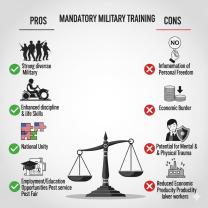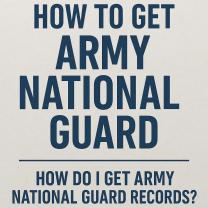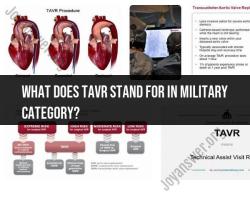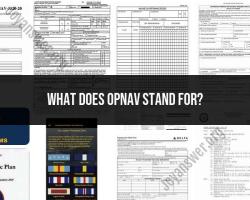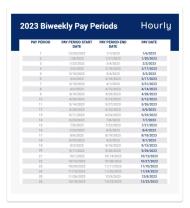How long does an OPNAVINST last?
OPNAVINST, which stands for Office of the Chief of Naval Operations Instruction, is a type of directive issued by the U.S. Navy to establish policy, procedures, and standards. The duration or lifespan of an OPNAVINST can vary based on its content and purpose. Here are some key points to consider:
Permanent or Temporary Status:
- Some OPNAVINSTs are intended to be permanent, providing enduring guidance and policies. Others may be issued for a specific period or purpose and have an expiration date.
Periodic Review and Revision:
- Naval instructions, including OPNAVINSTs, are subject to periodic review and revision. This process ensures that the instructions remain current, relevant, and aligned with the Navy's goals and regulations.
Cancellation or Supersession:
- OPNAVINSTs can be canceled or superseded by subsequent instructions. If a new directive is issued that supersedes or replaces a previous one, the old instruction may no longer be in effect.
Publication and Accessibility:
- OPNAVINSTs are typically published and made accessible through official channels, such as the Navy Directives website or other authorized repositories. The publication may include information about the effective date and any expiration or review dates.
Dependence on Content:
- The lifespan of an OPNAVINST may depend on the specific content and purpose of the directive. Some instructions may be designed to provide long-term policy guidance, while others may address temporary issues or procedures.
Compliance and Implementation:
- The Navy expects compliance with current directives, so it's essential for personnel to be aware of the most recent OPNAVINSTs relevant to their duties. Regular communication and training help ensure understanding and adherence to the latest guidance.
To determine the specific duration or status of a particular OPNAVINST, it is recommended to consult the official source of Navy directives, such as the Navy Directives website or the issuing authority within the Chief of Naval Operations. Additionally, the instruction itself should contain information about its effective date, any expiration or review dates, and any subsequent directives that may affect its status. Always refer to the most current and authoritative sources for the latest information.
How long does an OPNAVINST (OPNAV Instruction) typically remain in effect?
An OPNAVINST (OPNAV Instruction) typically remains in effect for 5 years, unless revised or cancelled in the interim. OPNAVINSTs are reviewed and updated on a regular basis to ensure that they are current and relevant to the Navy's needs.
What factors determine the duration and validity of OPNAVINST documents in the Navy?
The duration and validity of OPNAVINST documents in the Navy are determined by a number of factors, including:
- The nature of the instruction: Some OPNAVINSTs are more permanent than others. For example, an OPNAVINST that establishes a new Navy program or policy will typically be in effect for a longer period of time than an OPNAVINST that provides guidance on a specific procedure or operation.
- The changing needs of the Navy: OPNAVINSTs may need to be updated or cancelled if the Navy's needs change. For example, an OPNAVINST that provides guidance on a new weapons system may need to be updated if the Navy replaces that weapons system with a new one.
- The requirements of law and regulation: OPNAVINSTs must comply with all applicable laws and regulations. If a law or regulation changes, the affected OPNAVINST may need to be updated.
Are there processes or considerations for updating or renewing OPNAVINSTs?
Yes, there are processes and considerations for updating or renewing OPNAVINSTs. The process for updating or renewing an OPNAVINST is as follows:
- The Navy identifies the need to update or renew an OPNAVINST. This may be done as part of a scheduled review or in response to a change in the Navy's needs, laws, or regulations.
- The Navy develops a draft revision of the OPNAVINST. The draft revision is circulated to stakeholders for review and comment.
- The Navy incorporates stakeholder feedback into the draft revision.
- The Navy submits the final revision of the OPNAVINST to the Chief of Naval Operations for approval.
- Once approved, the Chief of Naval Operations publishes the revised OPNAVINST.
When updating or renewing an OPNAVINST, the Navy considers a number of factors, including:
- The impact of the changes on the Navy's operations and personnel.
- The cost of implementing the changes.
- The need to maintain compatibility with other OPNAVINSTs and Navy policy.
- The need to comply with all applicable laws and regulations.
The Navy is committed to ensuring that its OPNAVINSTs are accurate, up-to-date, and relevant to its needs. By regularly reviewing and updating its OPNAVINSTs, the Navy ensures that it has the policies and procedures in place to support its mission and protect its personnel.



